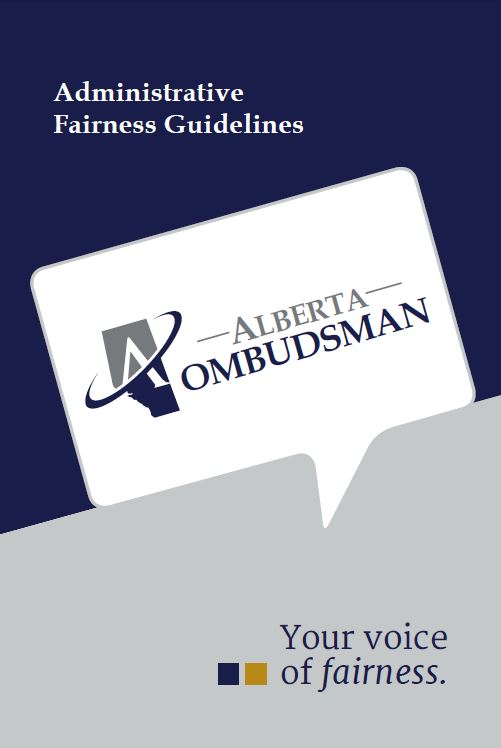Administrative Fairness Guidelines publication is a set of principles rooted in administrative law that explains fair decision-making processes
Natural justice and administrative fairness are at the core of Ombudsman investigations. In determining fairness, the Alberta Ombudsman uses the following guidelines to assess whether a situation has been dealt with in an administratively fair manner.
The eight administrative fairness guidelines are:
- Chain of Legislative Authority: ensures administrators make the decision as outlined in their governing legislation
- Duty of Fairness: ensures decisions affecting the individual are procedurally fair and include a meaningful review process
- Participation Rights: makes sure individuals are given full and fair opportunity to present their case
- Adequate Reasons: ensures the existence of a rational connection between the evidence presented and the conclusions reached
- Apprehension of Bias: confirms decision-makers are free, impartial and independent so there is no bias, either real or perceived
- Legitimate Expectation: confirms administrators follow their regular and known decision-making processes
- Exercising Discretionary Power: makes sure decision-makers apply discretion in accordance with legal requirements
- Was the Decision Reasonable?: determines whether a decision-maker provided clear and reasonable explanation as to how a decision was made
For more detailed information about the Ombudsman’s Administrative Fairness Guidelines, please visit our determining fairness page or contact us. We are here to help.



